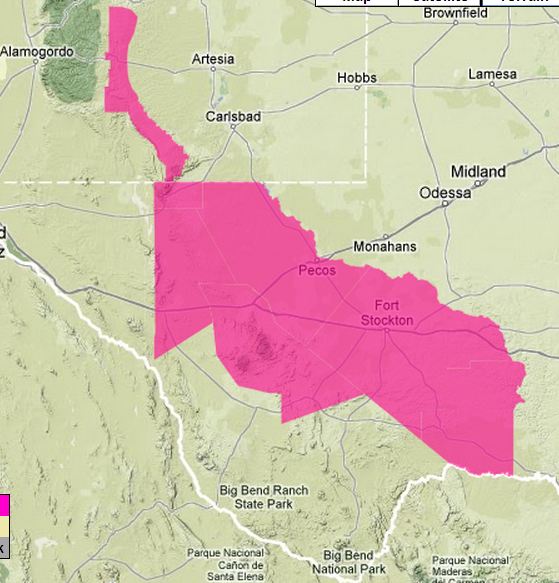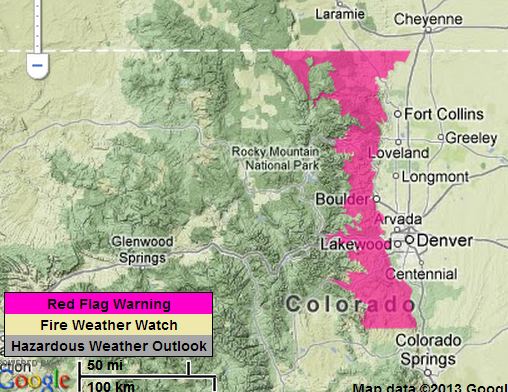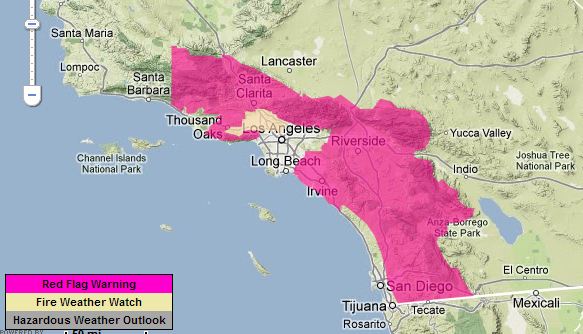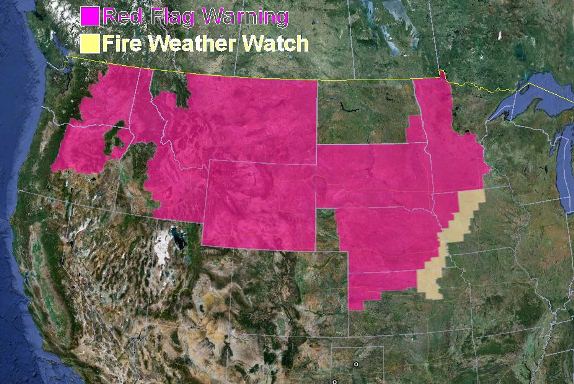Areas in southern Arizona, southern New Mexico, and western Texas are under a Red Flag Warning today for strong winds and low relative humidities. In Arizona and New Mexico it is in effect from 1 p.m. until 7 p.m. MT, and in Texas, from noon until 6 p.m. MT.
The Prescott National Forest is working a fire (map), according to a report on Twitter from @SWCCNewsNotes at 10:24 a.m. today:
The fire was discovered late in the day on Monday, and firefighters planned to take suppression action on it Tuesday morning. It is located in Crooks Canyon, about 2.5 miles southwest of historic Palace Station. More info HERE about the Crooks Fire.
When wildfires start in these areas, firefighters need to keep in mind that the contracts for legacy large air tankers expired at the end of 2012, and currently no large air tankers are under national exclusive use contracts. It as has been 1 year, 2 months, and 19 days since the U.S. Forest Service issued a solicitation for next-generation large air tankers, but no contracts have been awarded.
***
The map above was current as of 10:30 a.m. MT on Tuesday. Red Flag Warnings can change throughout the day as the National Weather Service offices around the country update and revise their forecasts. For the most current data, visit this NWS site.
Thanks go out to Kelly











